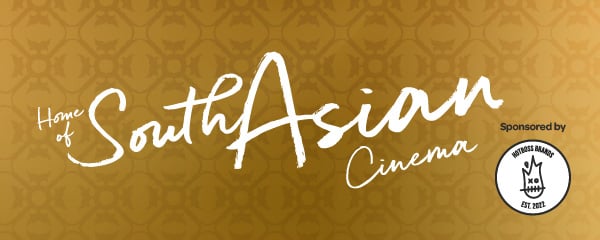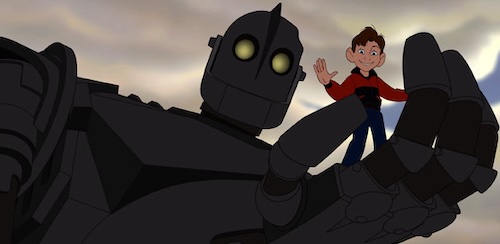
Nostalgics rejoice: a host of classic films are returning to Cineworld screens as part of our 1999 Season. Enjoy unforgettable films for just £5 per ticket and revisit the pre-wireless era when the Millennium Bug occupied us and mobile phones were an exotic commodity.
It was a period of imaginative, crowd-pleasing filmmaking, and we're delighted to showing The Iron Giant. Director Brad Bird's spirited and tender adaptation of the 1968 Ted Hughes story The Iron Man still stands tall as one of the greatest animated adventures ever.
Get primed for its Cineworld re-release as we outline the reasons why The Iron Giant still is, and always will be, a heartwarming family classic.
1. It's a beautiful story about friendship
All of the great animated movies distill a fundamental yet powerful message. The Iron Giant was released during Pixar's nascent period when the Toy Story films acted as stealth commentaries on the importance of friendship and solidarity. And you know what? It's the equal of the Toy Story films in this regard.
Despite The Iron Giant's Cold War-era trappings and fantastical conceit (isolated giant robot bonds with an overly imaginative young boy), the core of the movie speaks to everyone. It takes the classic chalk-and-cheese dynamic and refracts it through a period of paranoia and suspicion, reminding us how important it is for the bonds of loyalty to stand firm in the face of oncoming challenges.
2. The animation is eye-popping
Budget cutbacks directly informed the look of The Iron Giant but you'd never know looking at the film. Brad Bird had to use rigorously detailed animatics in a bid to convince studio Warner Bros that the ambitious schedule could remain on time and on budget. It's a testament to his skill and that of the animators that The Iron Giant gleams with the kind of future-retro pastiche look that would inform Bird's later live-action effort Tomorrowland (2015).
The Iron Giant is a testament to the power of hand-drawn animation, and yet ironically it came at a time when such methods were falling out of favour at Disney and other Western movie studios. (In the East, Japan's Studio Ghibli has consistently kept the flag flying.) The tactile hand-drawn lines mesh with seamless CG effects for the giant himself (designed by Jumanji and Captain America helmer Joe Johnston) to make our eyes pop and our senses tingle.
3. The period detail is spot on
The Iron Giant is set in 1957 just before the Cuban Missile Crisis and just after the Joseph McCarthy Communist witch hunts. It marked the post-war period where tensions between East and West were reaching their ear-splitting peak and this shapes the film's tone, particularly the invasive nature of the American authorities and their imposition on small-town American life.
The incidental details of American life at this time, from the colloquial beatnik language of certain characters to the carefully studied landscape of clapboard homes and diners resonate with accuracy, even for those who aren't American and weren't alive at this time of intense global paranoia. The film successfully refracts a dark and difficult time through a wholesome nostalgic lens without ever feeling reductive or patronising.
4. The voice cast excels
Eli Marienthal, the actor who portrayed Stifler's younger brother in the American Pie films, brings great energy to the voice of our young hero Hogarth Hughes. Vin Diesel, who voices the impassive yet noble Iron Giant, proves he is at his best when he has relatively little to say. In a sense, his role in this film can be seen as the stylistic precursor to his role as Groot in the Guardians of the Galaxy films.
Jennifer Aniston, then in the era of her Friends fame, brings warmth to her role as Annie and actor/musician Harry Connick Jr. steals scenes to the end as the slang-deploying hippie mechanic Dean McCoppin, who becomes Hogie's staunch ally. Ubiquitous 1990s villain actor Christopher McDonald (Thelma and Louise; Happy Gilmore), meanwhile, brings hissable antagonism to the role of Kent Mansley, the mysterious agent who wants to see the robot destroyed. It's a top-flight vocal cast that grafts additional layers of nuance and believability onto the already-impressive animation.
5. Michael Kamen's score gives it emotional backbone
Noted composer Michael Kamen passed away in 2003 and was arguably coming into his own at the time of The Iron Giant's release. Famed for his blockbuster action scores on the likes of Die Hard and Lethal Weapon, Kamen was, at heart, a romantic and enjoyed scoring sensitive material above all else.
The Iron Giant is likely his crowning career achievement along with his work on HBO's Band of Brothers (2001): a balletic interlinking of small motifs, as opposed to long-lined themes, that beautifully captures the scampering nature of the animated action while continually building on the emotional foundations of the story. Kamen was known as something of an experimentalist in the realms of symphonic film scoring and his aversion to overtly sentimental material means the music resonates with both heart and grit.
Click the link below to book your tickets for The Iron Giant. It screens at Cineworld on July 1st as part of our 1999 Season. (A separate Movies for Juniors screening takes place on June 29th.)
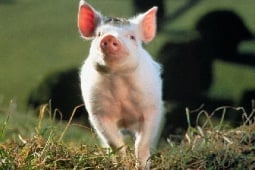
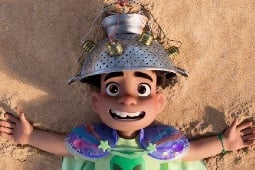
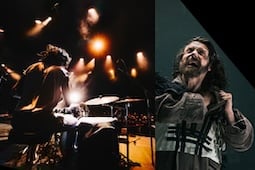
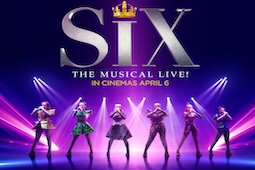


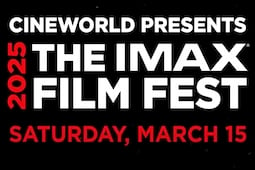


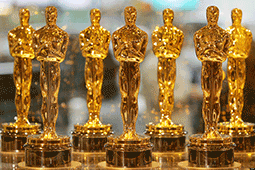
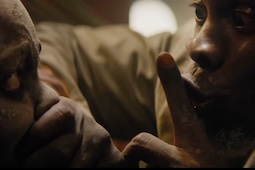
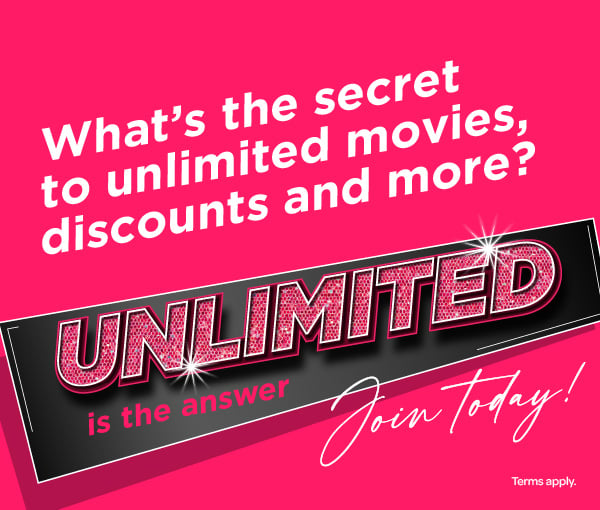


.jpg)
.png)


